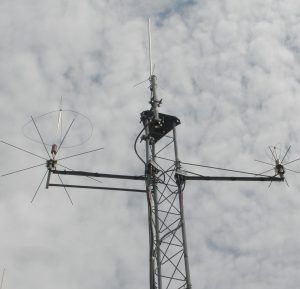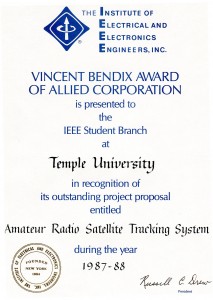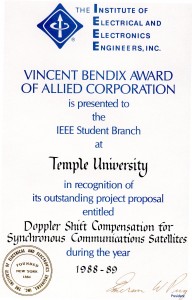Amateur Radio operators have been using their own satellites for voice and data communication since the 1960s. The Radio Amateur Satellite Corporation (as AMSAT is officially known) was formed in 1969 to foster Amateur Radio’s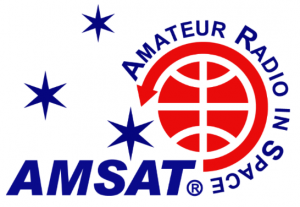 participation in space research and communication. Since the very first OSCAR satellites (OSCAR stands for Orbiting Satellite Carrying Amateur Radio), international volunteers, often working quite literally in their basements and garages, have pioneered a wide variety of new communications technologies that are now taken for granted in the world’s satellite marketplace.
participation in space research and communication. Since the very first OSCAR satellites (OSCAR stands for Orbiting Satellite Carrying Amateur Radio), international volunteers, often working quite literally in their basements and garages, have pioneered a wide variety of new communications technologies that are now taken for granted in the world’s satellite marketplace.  These breakthroughs have included some of the very first satellite voice transponders as well as highly advanced digital “store-and-forward” messaging transponder techniques. All of these accomplishments have been achieved through close cooperation with international space agencies that often have provided launch opportunities at significantly reduced costs. Spacecraft design, development and construction has also occurred in a fiscal environment of individual donations, thousands of hours of volunteer effort, and the creative use of leftover materials donated from aerospace industries worldwide.
These breakthroughs have included some of the very first satellite voice transponders as well as highly advanced digital “store-and-forward” messaging transponder techniques. All of these accomplishments have been achieved through close cooperation with international space agencies that often have provided launch opportunities at significantly reduced costs. Spacecraft design, development and construction has also occurred in a fiscal environment of individual donations, thousands of hours of volunteer effort, and the creative use of leftover materials donated from aerospace industries worldwide.
TUARC completed the first Amateur Radio satellite contact with OSCAR 6 in 1973. TUARC has had extensive participation in Amateur Radio satellite operation since 1988. The current satellite station is the 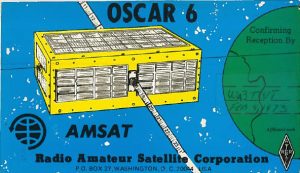 Kenwood TS-2000 transceiver which also serves the primary HF station. A 2 meter M2 EB-
Kenwood TS-2000 transceiver which also serves the primary HF station. A 2 meter M2 EB-
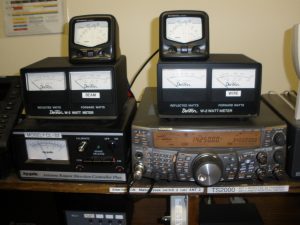
144/RK2M and a 70 centimeter M2 EB-432/RK70CM omni-polarized antennas for satellite transmissions are mounted on the south side tower. A VHF Advanced Receiver Research MSP-144VDG and a UHF MSP-432-VDG RF preamplifiers are also mounted on the south tower for improved satellite reception.
Prior to this satellite antenna installation, TUARC used a azimuth-elevation rotor system with large, cross-polarized Yagi antennas which required constant maintenance because of damage due to severe weather.
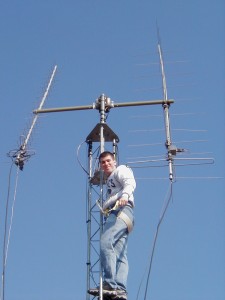
TUARC has facilitated innovative capstone undergraduate senior design projects in Amateur Radio satellite and digital data transmission, including the early development of a tracking system and automatic doppler shift correction which resulted in the IEEE Region 2 Vincent Bendix Award in recognition of the outstanding project in 1988 and 1989.
